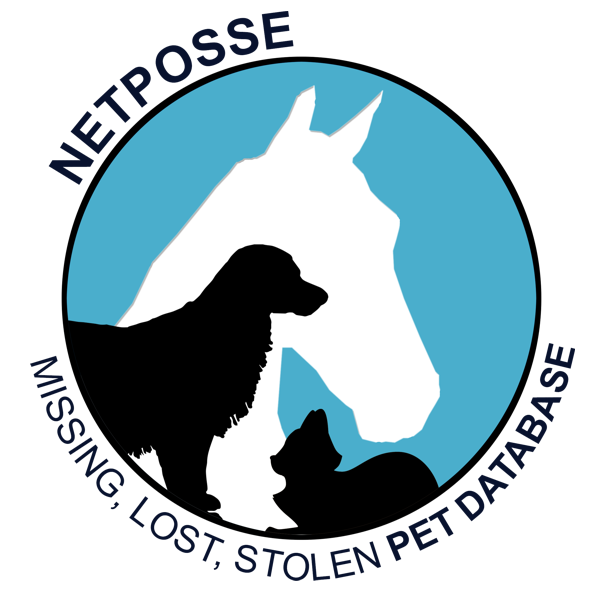Stolen Horse International, Inc. promotes the use of multiple types of Identification for Equines.
A visible ID such as a Freezebrand along with a Microchip is considered the best option for being reunited with a stolen or missing horse. However, many horse owners are unsure about inserting a microchip or even one type. The following is more information about the kinds of chips and scanners. Remember, applying for a permanent ID on your horse is a personal choice. NetPosse wants to help you make an education decision.
While some people are afraid to insert the microchip because of the recent confusion over frequency and types of microchips, it is an owner’s choice which type serves them best, but remember, a scanner definitely cannot read one that is not there. A Microchip is one of the best ID methods, as your horse will always have their “serial or VIN”. Many emergency response teams now check horses for microchips after disasters because it is fast becoming as commonplace to have a microchip in your horse as it is smaller animals. The microchip provides the fastest means for instant owner contact in the event of a disaster.
Read more about the different types of microchips and abilities of scanners on NetPosse’s Web site.
Contrary to sales pitches being made around the country by sales reps that everyone is going to the new international code, not everyone is buying the latest scanners, and even if they were, how long would it take a few sales reps to reach all the vets, shelters and emergency response teams in the nation? The newest universal scanners read the US Standard (125 kHz) and the International microchips (in134 kHz), while the old universal scanners read only the US Standard microchips. The older scanners, which, in my opinion, are based on years of talking with veterinarians in the field, are still used more than you'd think. Ensure you know the chip's frequency and request a scanner to read your frequency when your microchip is read.
This process does not happen overnight or in a year or two. If the old scanner only reads the US Standard and the new universal scanners read both, which one do you think is best? Think about it for a moment.
A brand is an excellent way to identify a horse by sight. It may not always be a good way to trace the horse back to its owner. How do you trace a brand back to the owner if the owner didn’t register their brand with their state or if the horse is out of state of registration? At one time, we used to say, "If I were to put a microchip in one of my horses today, I would use the old tried and true US Standard., I believe this old one still has the highest chance of being scanned."
We are not sure which scanner will read the chips anymore. Equine microchipping is required by some registries, such as USEF, USHJA, and FEI, as well as a few others.
There are only a few states known as “brand states,” with rigid rules and regulations in place and livestock officers to enforce them in the United States. Other states have registries but are not as forceful in enforcing their own rules and are shorthanded or have done away with livestock investigators completely. So, how does one follow up on a brand, especially on weekends when government offices are closed?
~ Debi Metcalfe, President and Founder of Stolen Horse International, Inc.
Stolen Horse International provides news and other resources for free on this website. As a charitable organization we survive on the kindness of people like you. Please consider donating to help fund the organization or purchasing a NetPosse ID for your horse, dog or cat to help protect your beloved animals!
Debi Metcalfe



